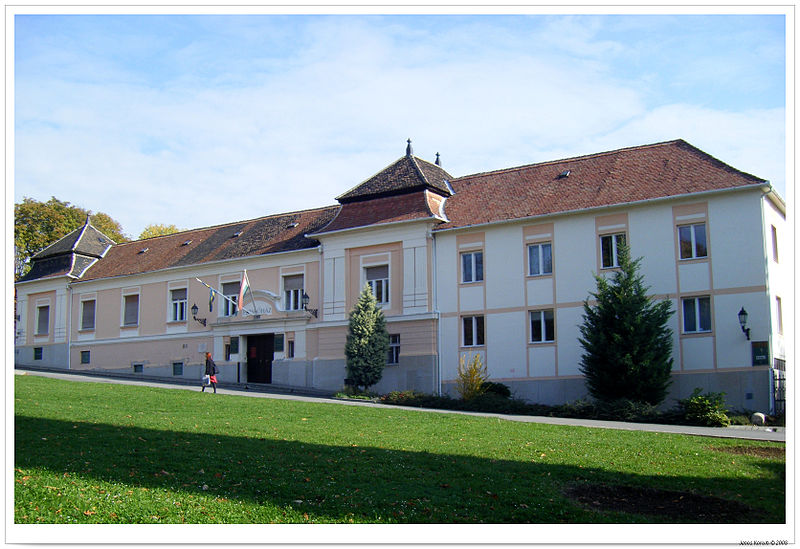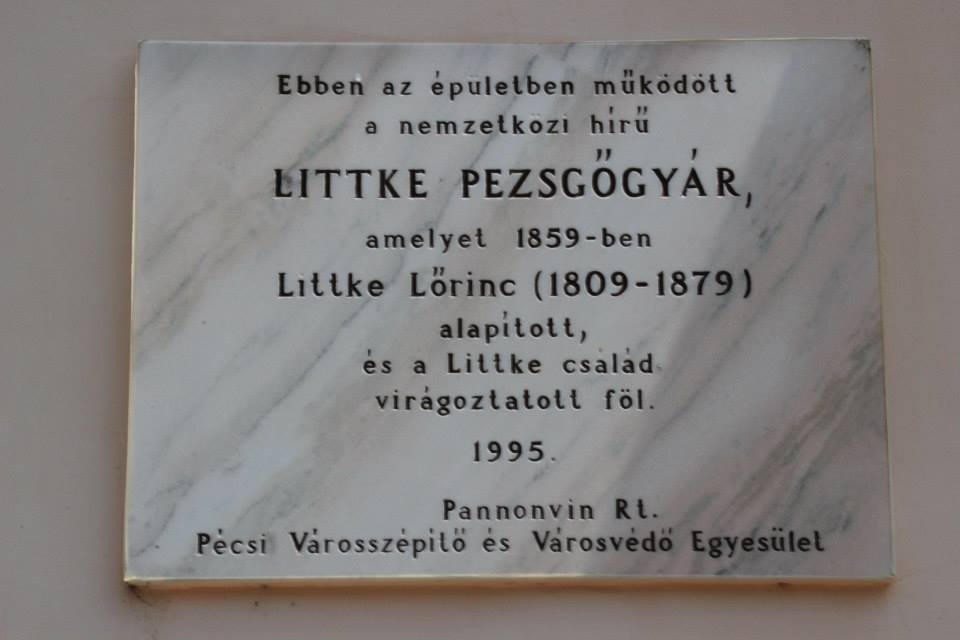Most people take pre-packaged beach vacations when going to Mexico. While I do not doubt the fun and care freeness that this involves, we prefer individually planned vacations. The latest took us to the area north of Mexico City.
After landing we boarded a bus to Queretaro, a provincial capital, 3 hrs away. While here in Canada riding a bus is definitely lowbrow, in Mexico there are different classes and the luxury class that tourists usually take are better than busses here. The inside looks like the business class of airplanes: a lot of legroom, some with personal TV, etc. Food is given at boarding, big washroom is located at the back and the driver is isolated.
In Queretaro, from the bus station you can prepay a taxi to the hotel. The hotel we reserved was one of the best in town, located in the "Centro Historico" called Meson Santa Rosa ($160 US per night). It was already a hotel for travellers some 300 years ago; the basin where horses were led to drink has been converted into a fountain, with a swimming pool built next to it.
It was located next to the best plaza of the town. After arrival we came out, a Sunday night, the plaza was full of life, a mass of people, mariachi bands and indian vendors of dolls and ponchos...You sit down at an outdoor restaurant, order a margarita, and another one, and have the feeling that you have travelled far but it was worth it. We spent a day walking winding streets, visiting the local museum and enjoying the laid back lifestyle and the change from Canada’s winter.
Our next destination was a 30 min. taxi drive away, a town called Saint Miguel de Allende. This place is smaller, has about 80,000 population of which a high percentage are retired North Americans and artists. The area is a retirement destination for well off North Americans, the equivalent to what Provance or Tuscany is to the British...because of its year round superb climate and beauty. The weather is 25C during the day, 10 C during the night, dry, no heating or air-conditioning is needed anytime. You are at an elevation 2000m above sea level; the landscape is arid, hilly with cacti everywhere.
Our bed and breakfast (Casa del Cuesta, US$145/night) was on a hill, 15 minutes walk from the town's centre, where in the evening the mariachis gathered, and folks and kids were sitting, enjoying doing nothing or playing. Nobody seems to watch TV.
Our room had a veranda, a commanding view of the town below with all its
churches and plazas. The owners, a retired American couple from Maine, had 6 rooms for guests, full with Mexican art, verandas, courtyards and fountains. Breakfasts were Mexican affair, 4 local cooks/servers...could not eat until dinner so much was offered.
You could walk everywhere; the city is a jewel of the Mexican towns, cobblestones, fruit vendors, old churches, restaurants and art shops. People come here also to learn Spanish in the Allende Institute.
One day we hired an English speaking driver ($20/hr) to see the other surrounding towns: Guanajuato, is an old university and silver-mining town, where some roads like tunnels run under the city, converted from a combination of dried up old river and abandoned silver-mines. The university orchestra was rehearsing for the coming Saturday's concert in one of the main churches when we entered: a Mozart piano concerto. Sitting in the cool church listening to the sound of the grand piano and the full orchestra, all young people and their professor the conductor, I thought I might just as well stay here for a while. I could feel my brain cells regenerating. The other town we’ve visited on this trip was Dolores Hidalgo, the centre of the ceramics industry.
Our last stop was Mexico City; we left for it on the bus on a Saturday noon. Our reservation was in the Hotel Maria Christina, close to downtown in an agreeable location for only $ $71 a night with taxes (but no breakfast) included.
We enjoyed the city but I recommend it only to experienced travellers.
The first problem is how to get around. There is an extensive subway system,
but still a lot of walking is involved.
The bus system is a maze and no concise map is available. You are advised not to flag down taxis or to take one unless it is called via a telephone, easy for locals, impossible for most tourists, because Canadian cell phones normally do not work. Also most taxis have no meters, they suppose to charge by "zones crossed". You are supposed to agree on the price before the ride, kind of hard if you speak no Spanish, so you get overcharged.
The best is to hire a driver, ($13/hr Spanish speaking and $15-20 English)
in your hotel. This is what we did. We knew what we wanted to see so I just asked where to go, then when to meet until we walked around and this worked out fine.
We had him for two days of the three we stayed there. The first day was dedicated to discover the beautiful "suburbs": Coyacan (Frieda Khalo the famous Mexican painter grew up here), San Angel (Diego Rivera, Frieda's husband and another Mexican painter icon had his studio there),
Polanco (where the rich live), Condesa (bohemian equals to Soho). On the last day, he took us to see the Teotihuacan pyramids (a 45 km
distance) and finally back to the airport for departure.
The in-between day we spent exploring downtown on our own, using the subway and on foot. We started at the central market that has a subway stop. As soon as you step out the market swallows you, a maze of vendors selling clothing and running shoes. There seemed to be no end to it so I reached deep down to my high school Latin and the little Italian I picked up early in my life and asked somebody "frutta?" Direction was given and now we arrived to the fruit/greengrocer area. Mountains of garlic, chilli, herbs with vendors sitting in the middle high up on platforms.... a vast area of several city
blocks size. Again I asked "carne?" and we were given direction to the meat market. A vendor was making ground meat the way they did it 2000 years ago hitting a
huge chunk of meat, hatchets in both hands, on a vast butcher block, a
primal physical exercise that cried to be photographed...but with those
hatchets so close I decided not to.
By this time Maria had enough of the market but to find the subway again
seemed impossible. Finally a policeman gave us direction.
As you walk to your selected destination, the city scene can suddenly
change, say from something like downtown Toronto, to a 3rd world city scene,
where little hole in the wall vendors, that can not make more than $50 a
day, repair shoes, cook meals for sale and where you feel that you stick out.
But the reward is that at the end you get to a unique destination, say a
square called Plaza de Santo Domingo, crowned by an old church and where
still today scribes sit outdoors by little tables with ancient typewriters. Folks
come if they have to write/compose a letter to some authority or friend.
Business is brisk. You feel back in times a 100 years ago, but this is now. By the way here there are no Starbuck Coffees, just little Mexican outlets with their pots of cooked beans and stews and tacos and burritos. To get back to civilization you must walk a mile along streets lined say with shops that sell only wedding accessories, then jewellery only... all to supply a city that has a population of 2/3 of Canada's.
My encounter would not be complete if I did not spend some time describing experiences with Mexican food, especially since the food topic is my favourite.
We ate at the some of best places in towns. Most ordinary Mexicans eat out,
in small hole in the wall cookouts and/or sidewalk stalls sitting by the
counter...but we did not go there....you need to speak Spanish. In those you probably pay next to nothing. Along your walks you can buy freshly cleaned tropical fruit cups from mobile vendors at $1.50 per large cup.
The cuisine is definitely spicy but not overly, and you better like beans
and corn flour based tortillas, but it goes way beyond that and I thoroughly enjoyed it. Figure about half the price that you would spend here in Canada in an
equivalent establishment. The time of meals is strange, but comes handy to
the tourist who likely had a hearty Mexican breakfast....that and another meal a day
will do. Most restaurants open at 1 pm, start to fill up by two...the lunch,
called here comida, is the main meal. It should last a few hours with
seamless transition to dinner, when those of just having had comidas leave
and those for dinner will be served. No strict rules like in France: "sorry
it is past two the chef has gone home the kitchen has closed"... and no
problem if you get hungry at 5 pm. No late dining like in Spain or Argentina
is necessary.
Many places have long traditions. For instance in Mexico City one place we went to
was called La Nueva Opera Bar. It was there a 150 years ago during the
revolution. Same tables/chairs, when Pancho Villa rode in on a horse (yes
the front door is big enough) and fired his gun into the ceiling (still can
see it) to scare the elite. Waiters are in white, many speak English and there was English menu, as was in all restaurants we went to. At the Opera the menu changed little, you can still have bulls' testicles, grilled tripe, ants eggs (when in season) and fried crickets amongst the offerings. Now while few of us would go for these items, here are some I tried and recommend: Any meat dish with a "mole" sauce: a sauce made of dark bitter chocolate and hot chillies....or a stuffed green pepper dish called "chiles a nogada". The stuffing is ground meat mixed with crushed walnuts and ground dried fruits, overlaid
with a white walnut sauce, covered with red pieces of the pomegranate fruit, the colour of Mexican flag: red, white and green...exquisite. Many restaurants have their own mariachi bands, and even if they do not, many have outdoor terraces where you can sit with your margaritas and listen to those who entertain the folks on the plazas.
My story is over. I recommend exploring Mexico and not to just go and bask on its beaches. It has beautiful old historic towns, a strong unique culture, wonderful art, songs, music, with flavour and scenery to match.
SL April 2006



















